Uncategorized
-
 Health & Medicine
Health & MedicineMore U.S. adults are drinking, and more heavily
Heavy drinking and alcohol use disorders have risen in the United States, at a cost to society’s health.
-
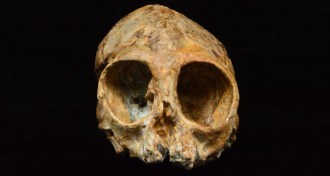 Anthropology
AnthropologyInfant ape’s tiny skull could have a big impact on ape evolution
Fossil comes from a lineage that had ties to the ancestor of modern apes and humans, researchers argue.
By Bruce Bower -
 Animals
AnimalsA lot of life on planet Earth is awful and incredible
Acting Editor in Chief Elizabeth Quill discusses how the natural world feeds our sense of wonder.
-
 Animals
AnimalsReaders fascinated by critters’ strange biology
Readers responded to fish lips, monkey brains, sunless tanner and more.
-
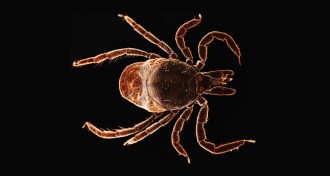 Animals
AnimalsTicks are here to stay. But scientists are finding ways to outsmart them
Researchers acknowledge that there’s no getting rid of ticks, so they are developing ways to make them less dangerous.
By Susan Milius -
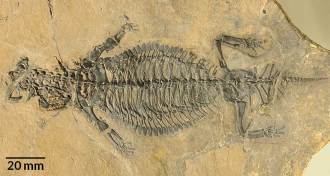 Animals
AnimalsFossil find suggests this ancient reptile lurked on land, not in the water
An exquisitely preserved fossil shows that an ancient armored reptile called Eusaurosphargis dalsassoi wasn’t aquatic, as scientists had suspected.
-
 Psychology
PsychologyA look at Rwanda’s genocide helps explain why ordinary people kill their neighbors
New research on the 1994 Rwanda genocide overturns assumptions about why people participate in genocide. A sense of duty, not blind obedience, drives many perpetrators.
By Bruce Bower -
 Particle Physics
Particle PhysicsNeutrino experiment may hint at why matter rules the universe
T2K experiment hints at an explanation for what happened to antimatter.
-
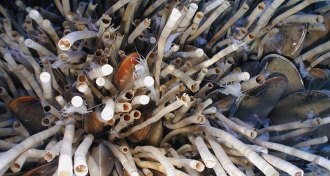 Animals
AnimalsThese record-breaking tube worms can survive for centuries
Deep-sea tube worms can live decades longer than their shallow-water counterparts.
-
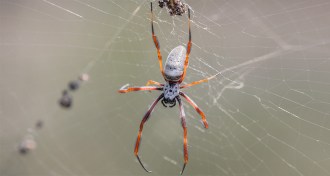 Animals
AnimalsHow spiders mastered spin control
Scientists reveal a new twist on the unusual properties of spider silk.
-
 Astronomy
AstronomyNostalgic Voyager documentary relives first exploration of the solar system
A new TV documentary is a tender tribute to Voyagers 1 and 2, which launched 40 years ago and were the first spacecraft to visit the outer solar system.
-
 Science & Society
Science & SocietyTo combat cholera in Yemen, one scientist goes back to basics
As the cholera epidemic rages on in war-torn Yemen, basic hygiene is the first line of defense.